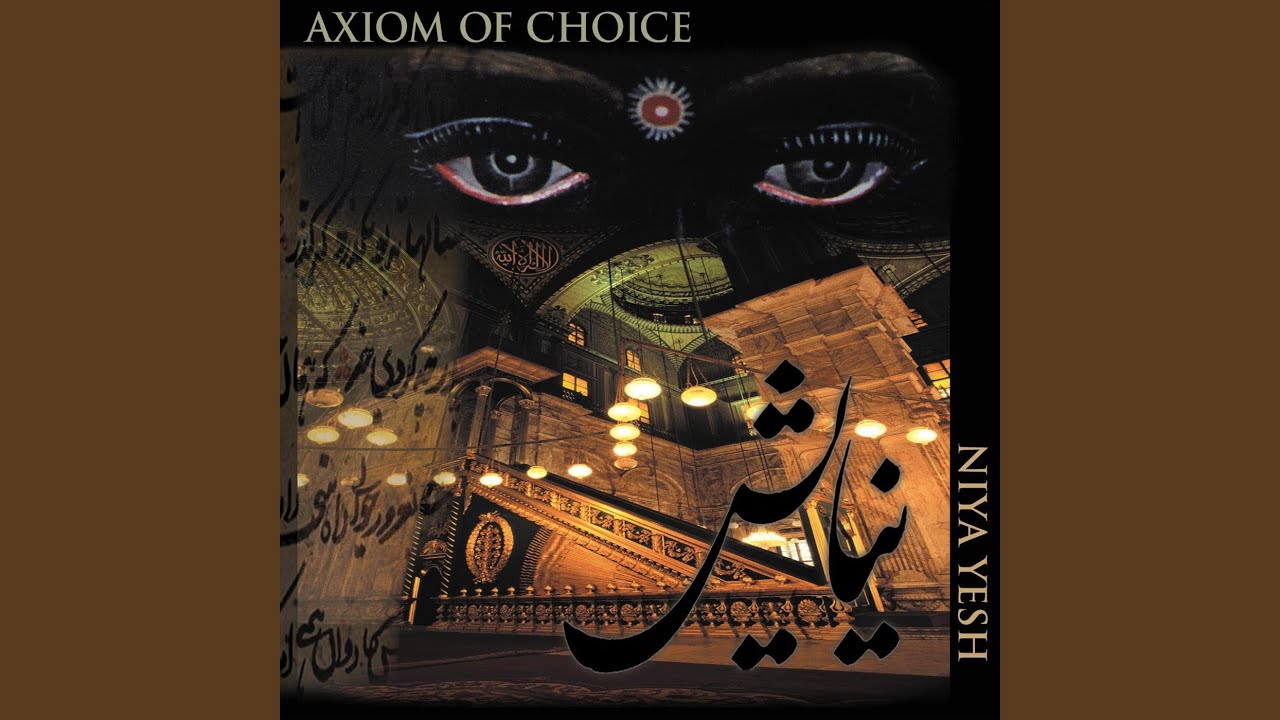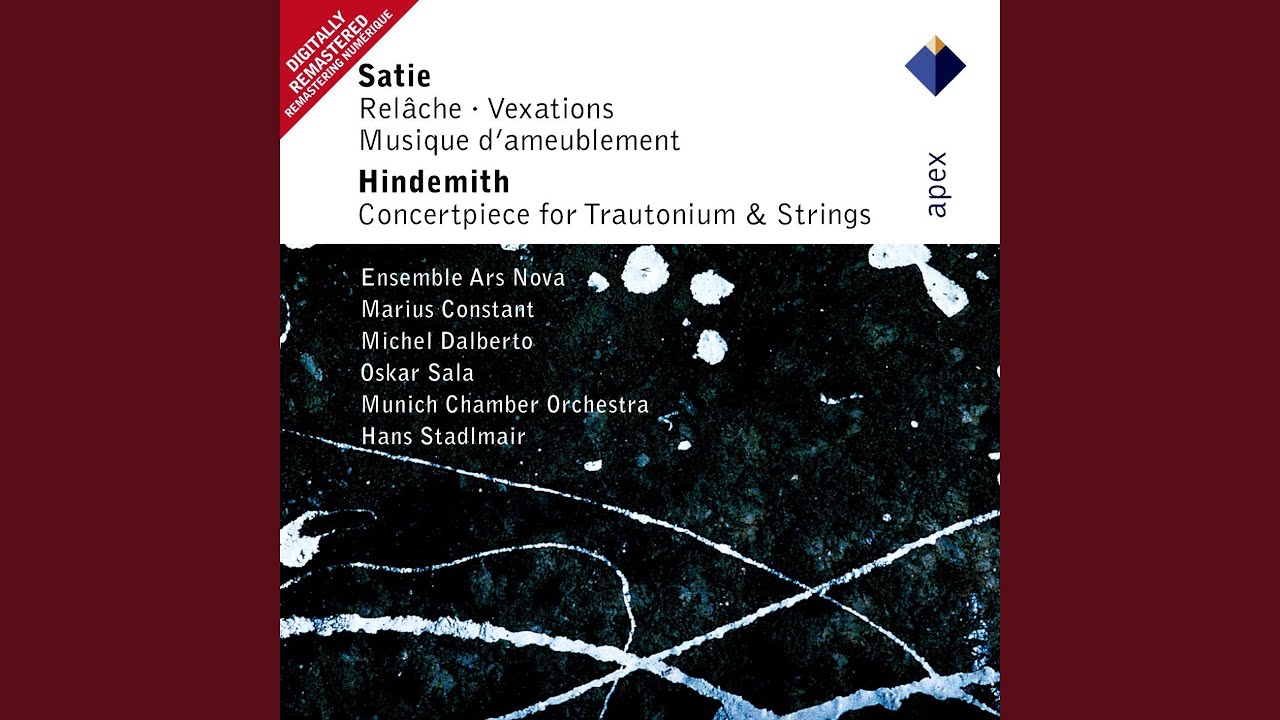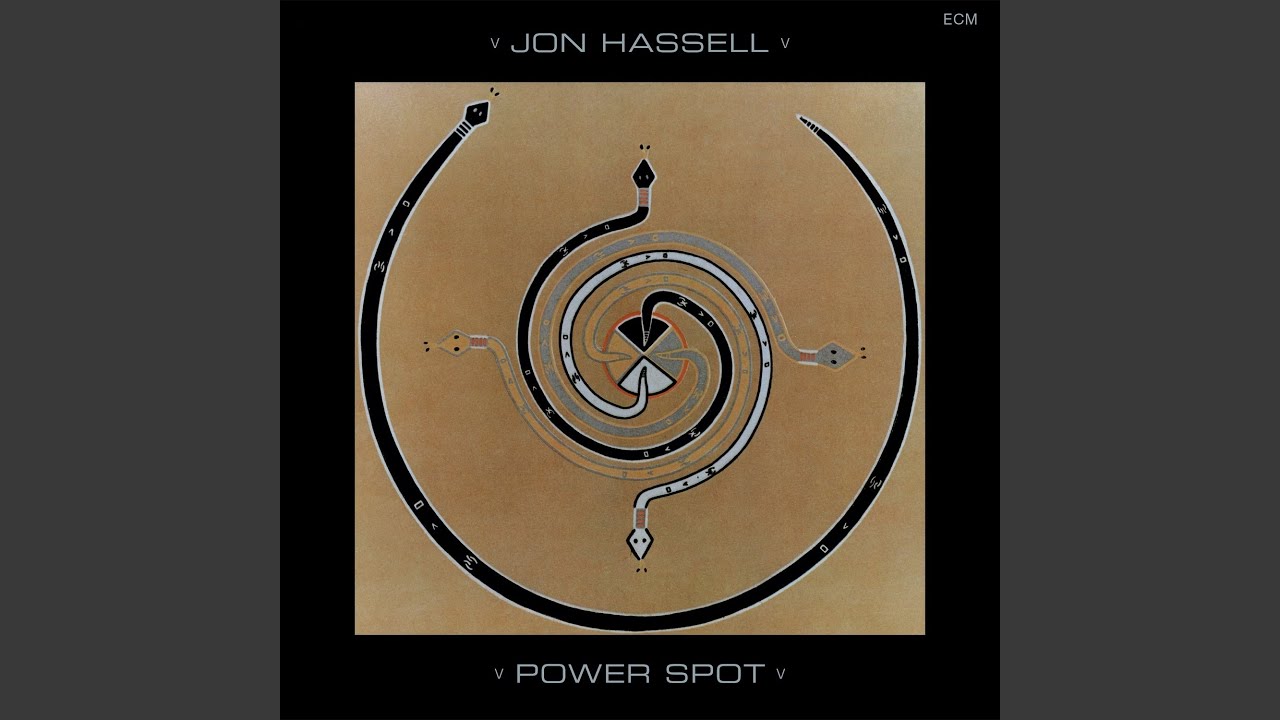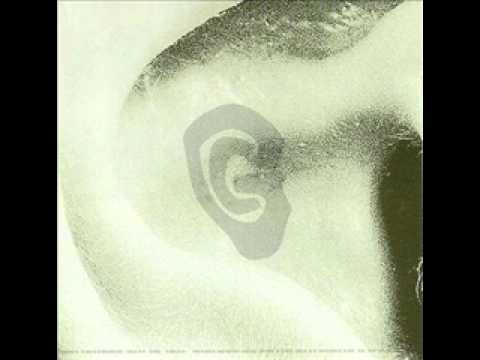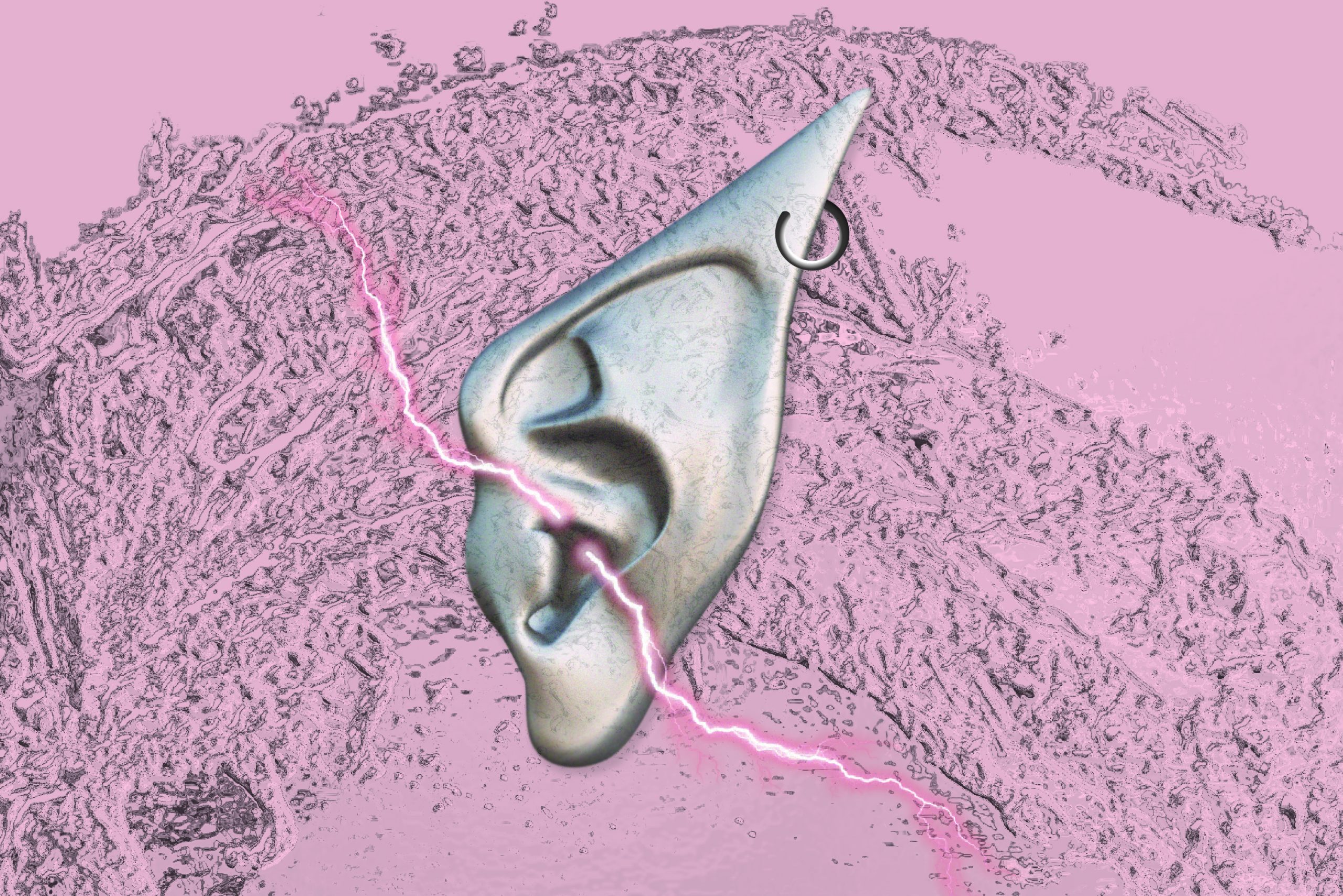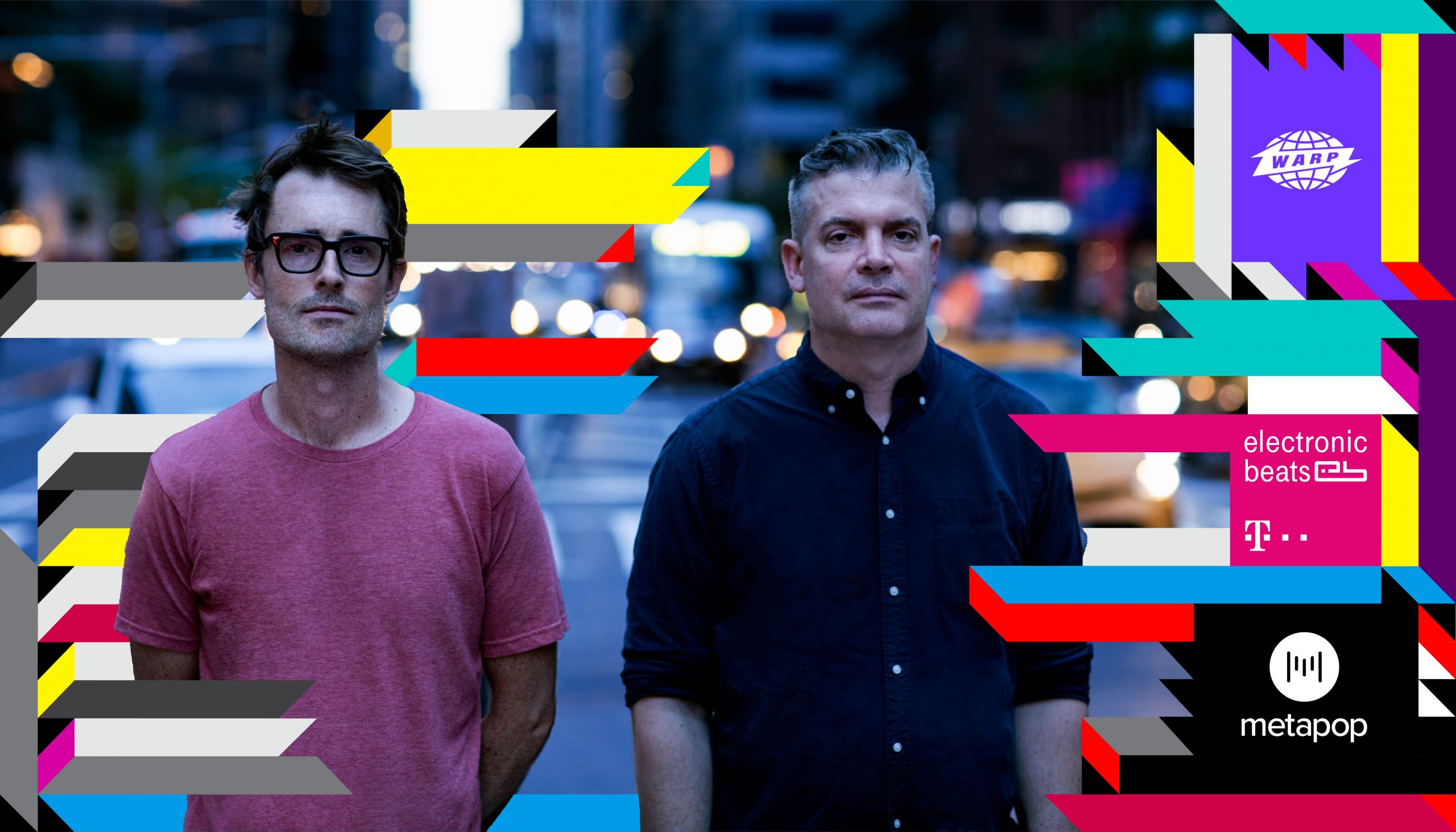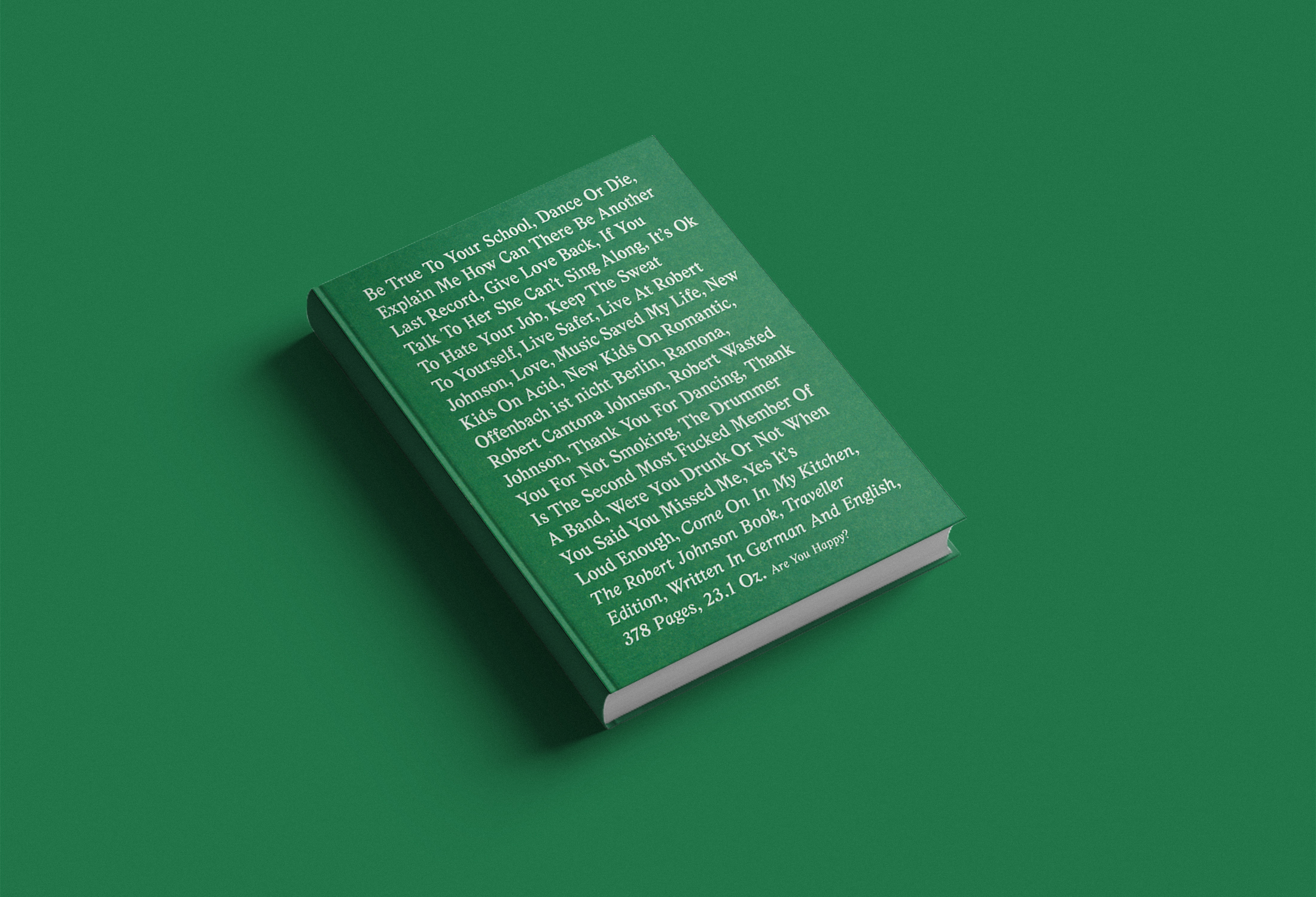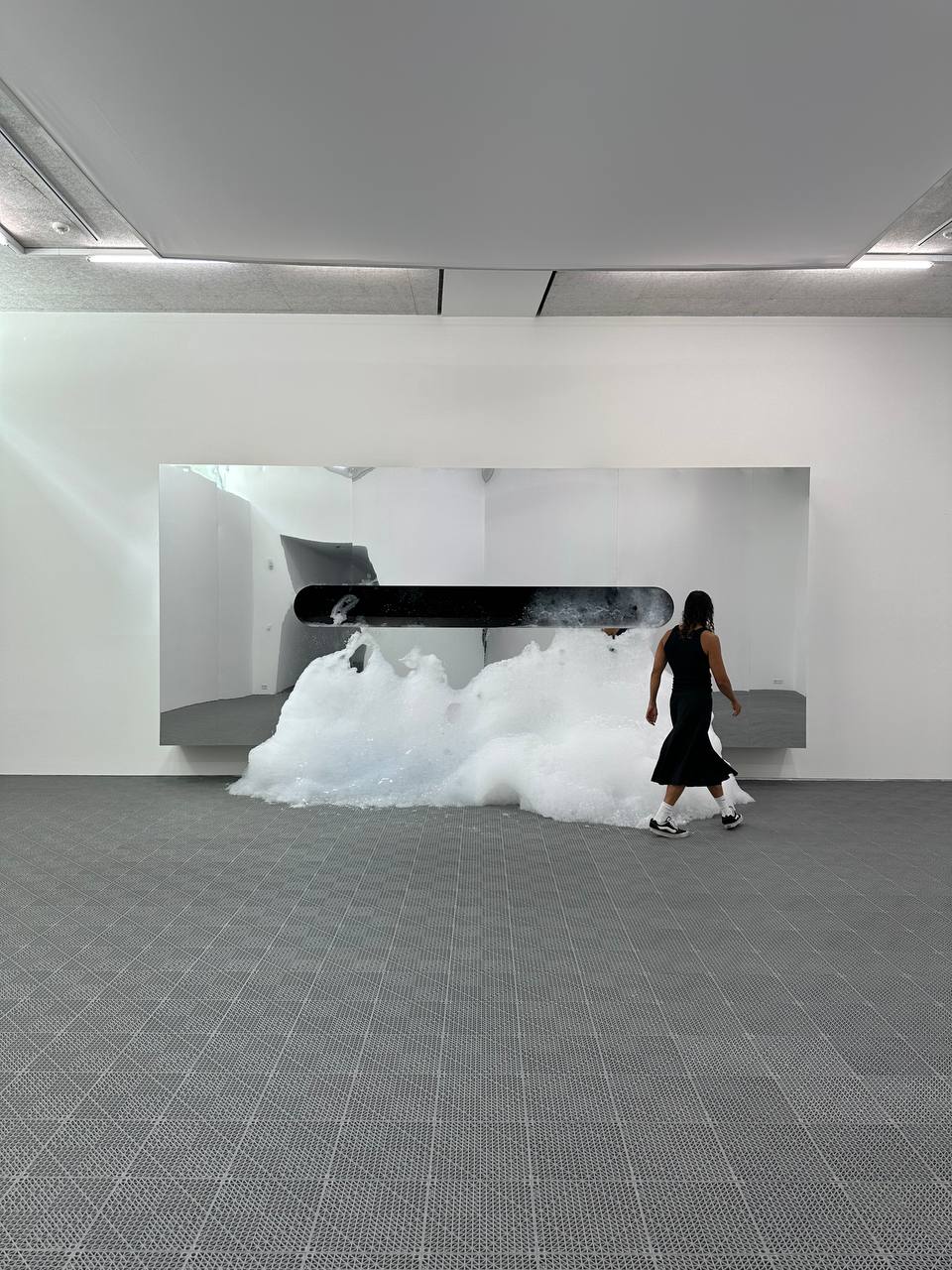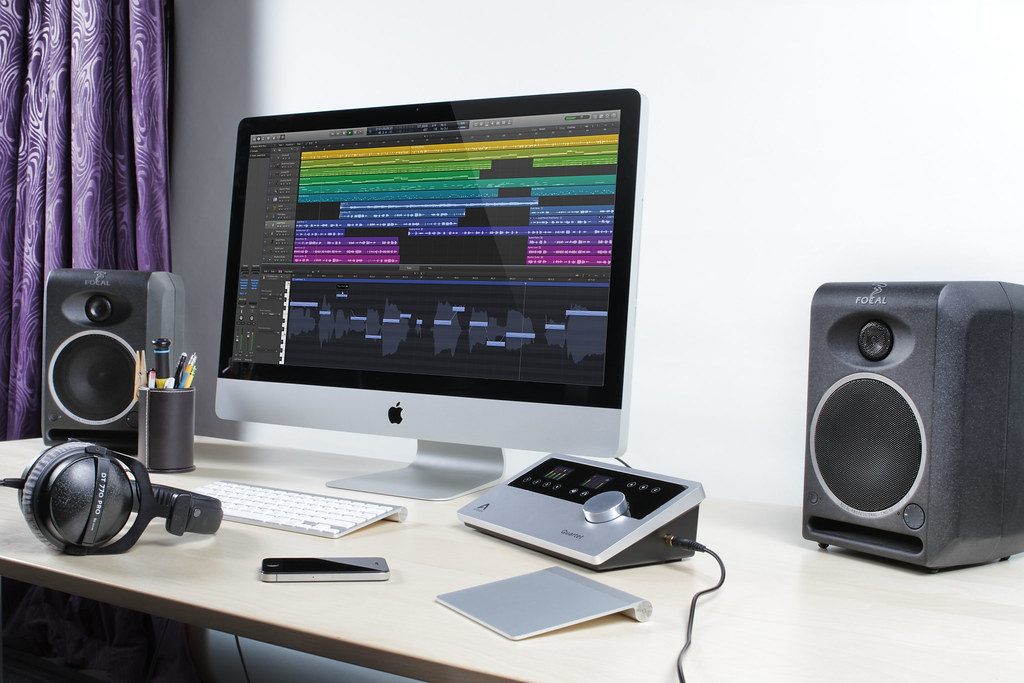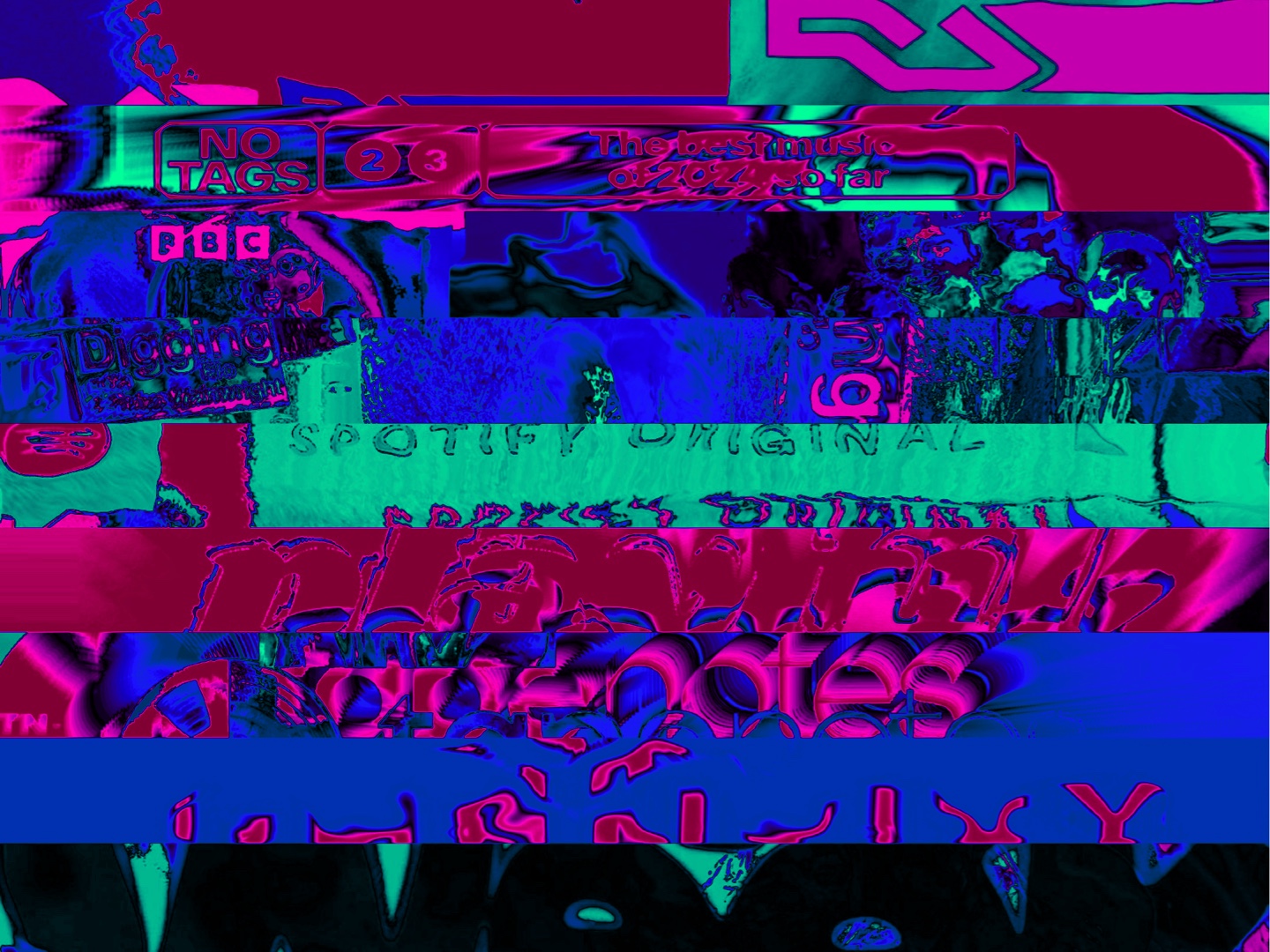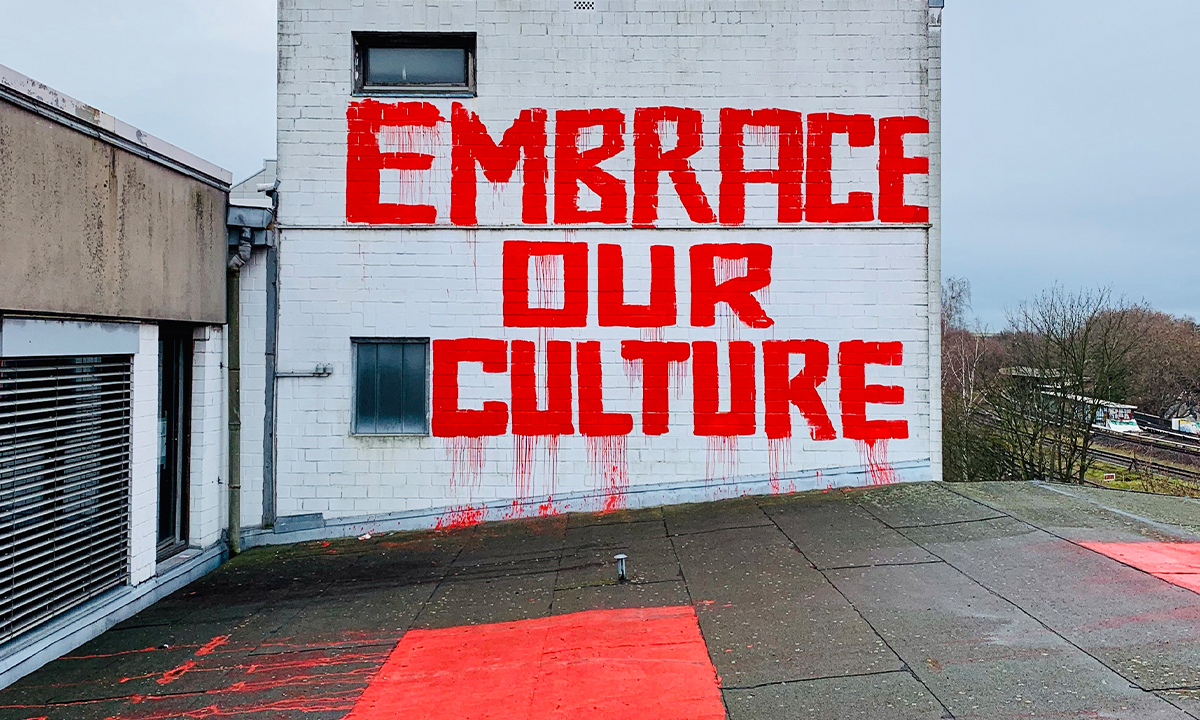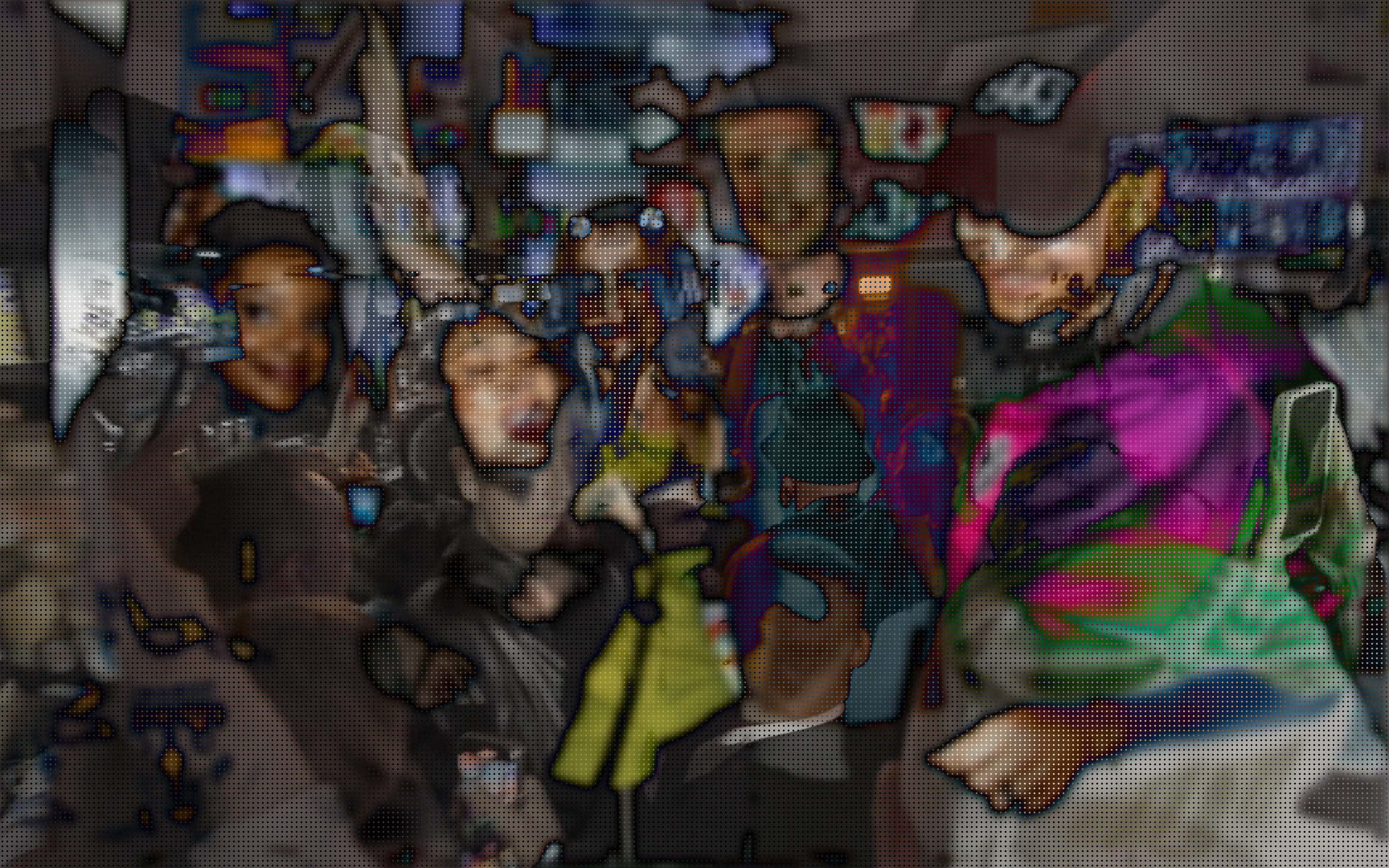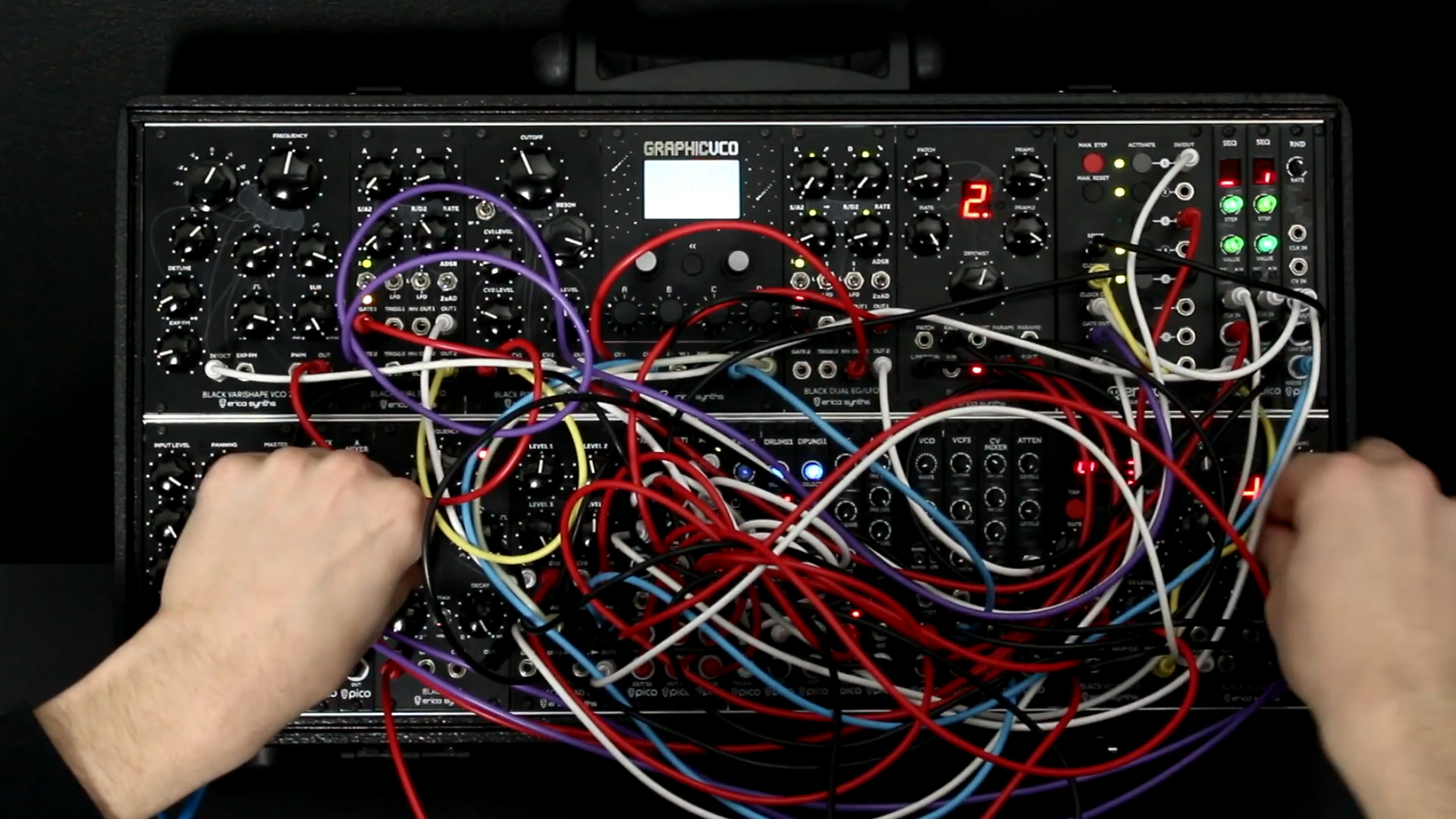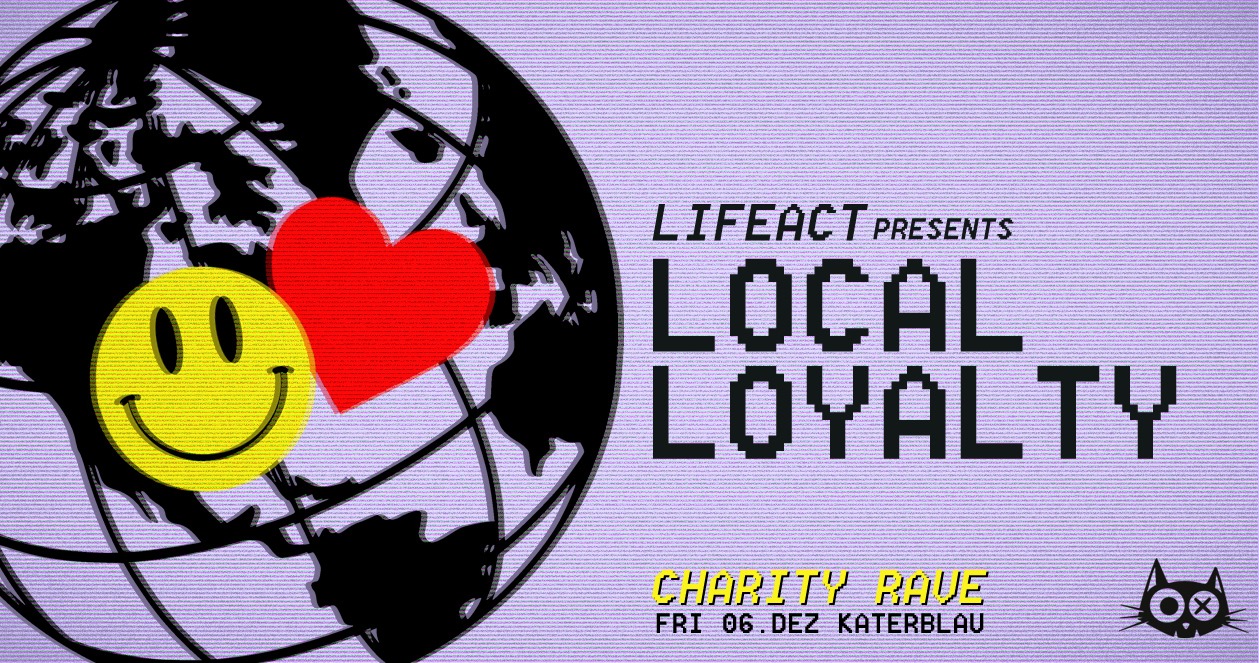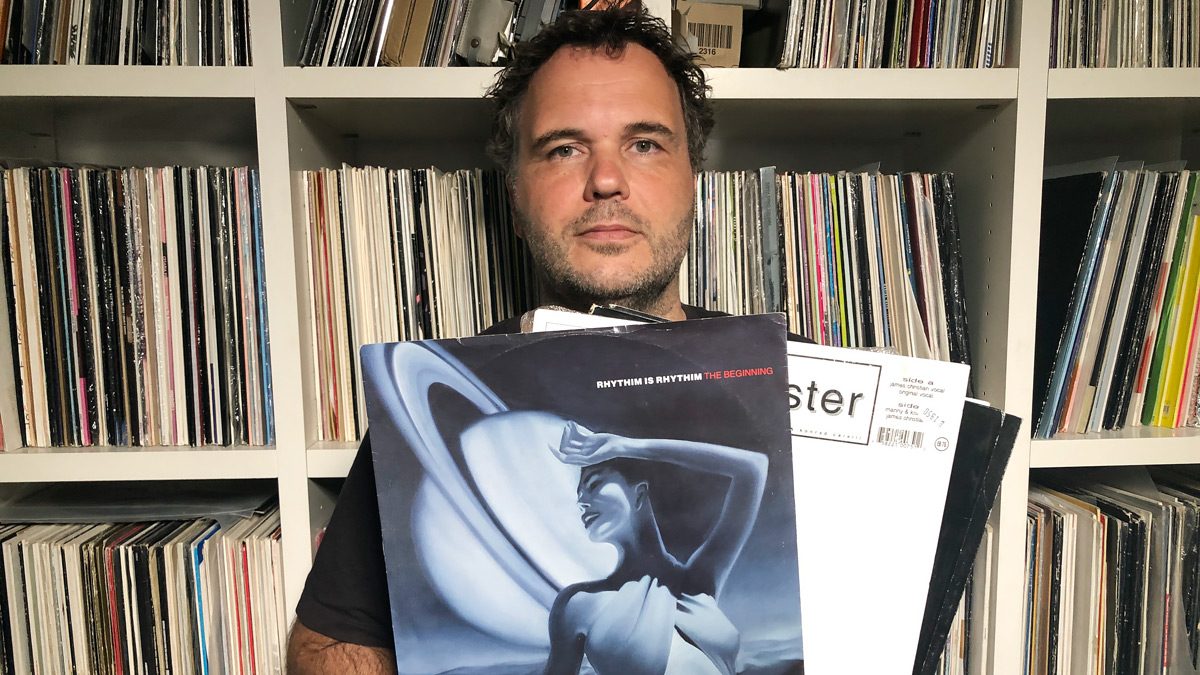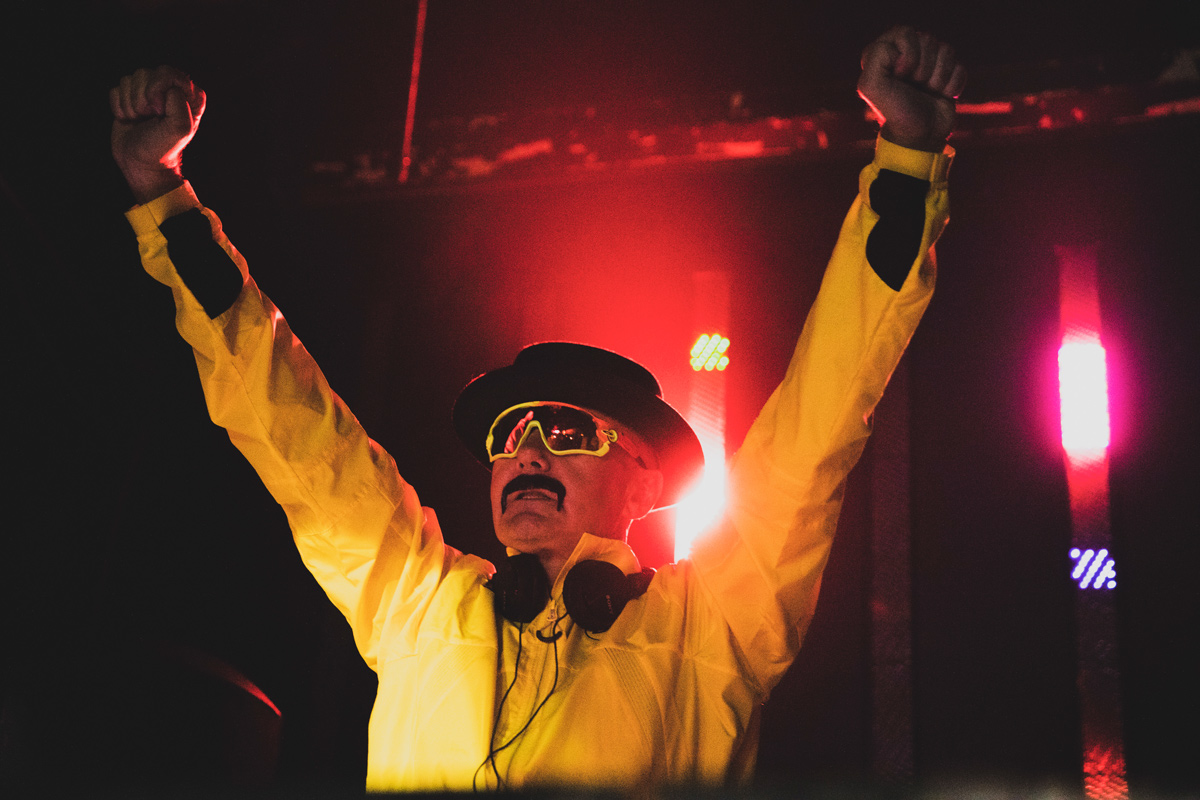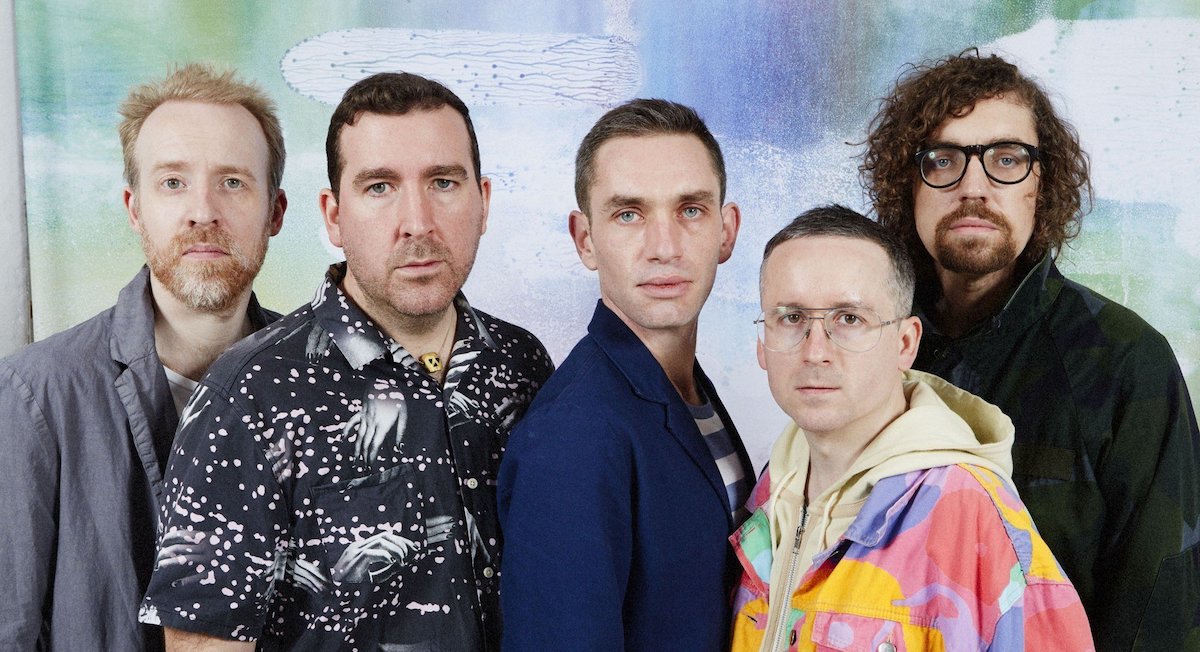Read Lawrence English's Manifesto For The Future Of Ambient Music

“Ambient should always be a process of becoming, like the atmospheres it purports to create.”
How can a genre of music that aims to unravel the concept of time have a future?
40 years after the release of Brian Eno’s seminal ambient record, Music For Airports, the question of ambient music’s future and the outcast for its ongoing development has never been more relevant. With the threat of shattered concentration spans, factual overload and the shriveling of time in solitude, how can a genre based on the “primacy of listening,” as Lawrence English puts it, survive?
There is no doubt that ambient music has had incredible impact in its four decades of existence. The word has become a prefix for most other genres, be it techno or rock, but how can the genre itself develop and adapt to a rapidly changing technological and listening environment? Does ambient music still have the power to interrupt the mainstream and jam conventional listening habits?
These important questions and more have been addressed by Lawrence English—one of the world’s most significant purveyors of ambient music—in a new think piece for FACT Magazine. Exploring what ambient music was and has become, English’s provocative manifesto is a blueprint for a “future ambient” music. You can find the program below. Scroll down further to hear some of the artists that English sees as vital in ambient’s development, including John Hassell, Felicia Atkinson and Global Communication. And if you’re looking for even more ambient music to sink into, try these 10 podcasts and these extended ambient albums. Read English’s full article here.
Lawrence English’s “12 notes towards a future ambient” :
Ambient is a music of lived moments.
Ambient recognizes control must be forgone with respect to how the music is encountered (but not how it is composed).
Ambient is experientially discrete, but not musically so.
Ambient acknowledges the deceit that is the promise of repetition.
Ambient is never only music for escapism. It is a zone for participation in a pursuit of musical listenership that acknowledges sound’s potential values in broader spheres (the social, political, cultural etc). It is a freeing up, an opening out and a deepening, simultaneously.
Ambient pulses; it courses. Rhythm is a rare friend to this music.
Ambient is never only music. It is a confluence of sound, situation and listenership; moreover it’s an unspoken contract between the creator, listener and place, seeking to achieve a specific type of musical experience.
Ambient is about the primacy of listening (for audience and creator). The music and the spaces and places (interior and exterior) it occupies are critical to how it is appreciated, understood and consumed.
Ambient is transcendent but does not seek some higher plain. It is not new age music. Rather ambient music’s transcendence is within, and invites us deeper into the lived experience of the everyday.
Ambient is never a documentation of somewhere or sometime. Instead it creates an individuated, impressionistic and imagined place. It is realized in-between our internal and external selves.
Ambient is a music of perspectives. It is never fully knowable, in that the music seeps between perspectives (micro and macro) and dimensions of listening constantly. It maintains a sense of the eerie (as Mark Fisher noted).
Ambient is friend to noise, to volume, to physicality. It is however, an enemy of uncalculated dynamism.
Ambient is never finished. It is an experiential process of becoming – for listeners, for creators and more broadly as a musical philosophy.
Read more: Hear the anthems from the trippy ambient nights at Frankfurt’s Club XS

